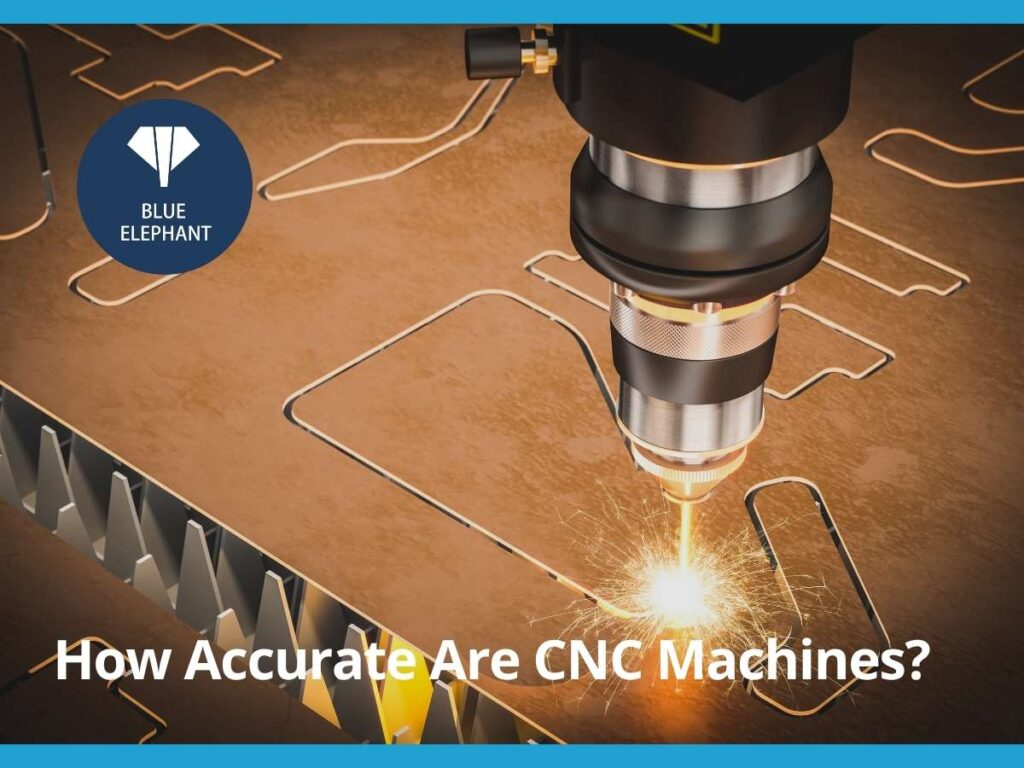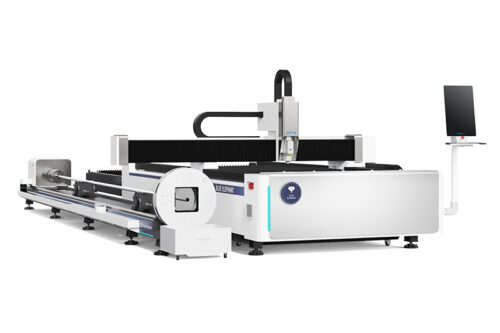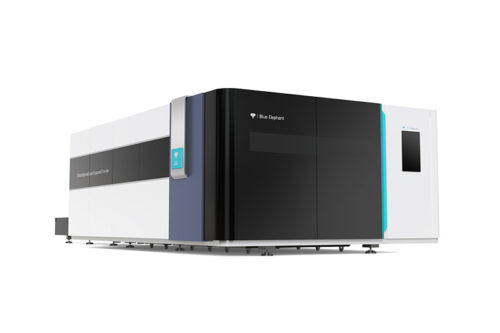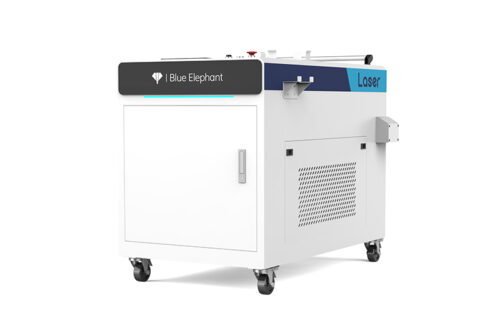A supplier once assured me that their CNC machine could achieve near-perfect accuracy. But when I inspected the finished parts, some were just slightly off. Not enough to scrap, but enough to notice.
It made me question: are CNC machines as precise as we expect them to be?
To get a clear answer, I’ve reviewed real-world data, industry tolerances, and insights from machine operators. This review is built on practical experience, not just technical specs.
You’ll find out what affects CNC accuracy, how different models compare, and what level of precision is realistic for your needs. If you’re making business decisions around CNC machining, this breakdown will help.
Let’s find out!
1. Types of CNC Machines and Their Accuracy Levels
I’ve had my fair share of conversations with machinists, and one thing is clear, no two CNC machines are the same when it comes to accuracy. CNC machines come in different types, each with varying levels of precision. Choosing the right one for a project can be the difference between perfect parts and costly rework. Let’s take a closer look at some of the most common types and their typical accuracy levels:
CNC Mills
These machines are often the backbone of precision machining, used for creating complex parts with high accuracy. Advanced CNC mills can achieve tolerances as tight as +/- 0.002mm, making them ideal for industries such as aerospace, automotive, and medical devices.
However, hitting these tolerances consistently requires regular calibration, high-quality tooling, and skilled operators who understand how to compensate for thermal expansion and tool deflection.
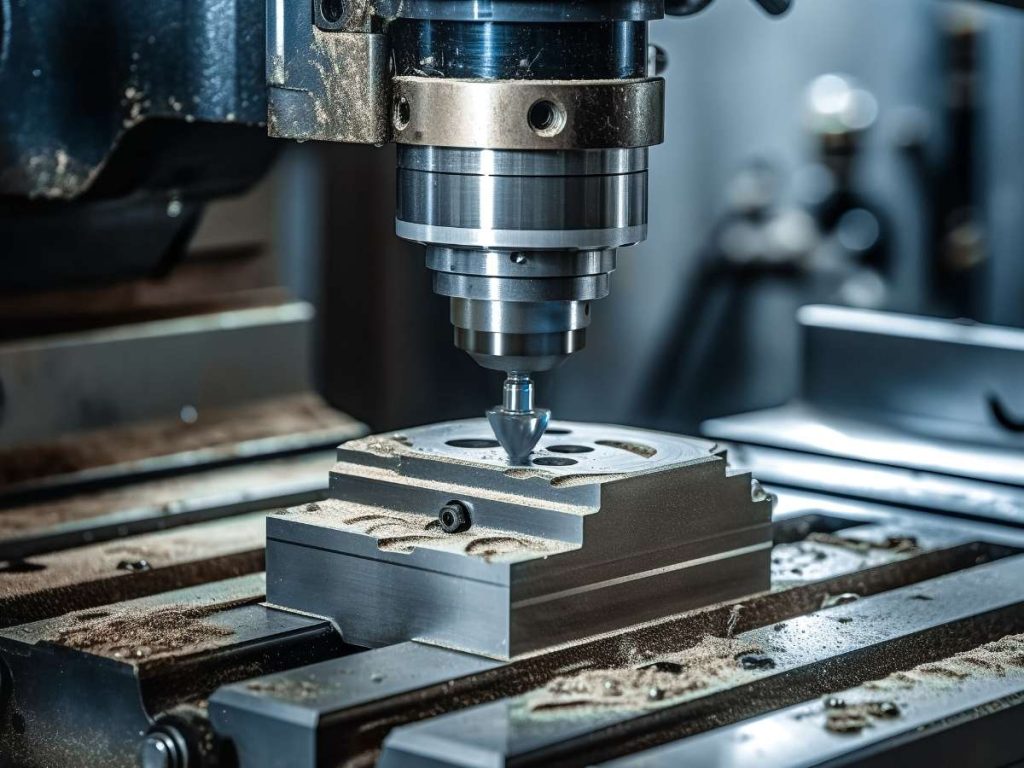
CNC Lathes
When it comes to machining cylindrical parts, CNC lathes take the lead. They typically maintain an accuracy of +/- 0.005mm, though high-end models can reach even tighter tolerances. One machinist once told me that the secret to maximizing a lathe’s precision isn’t just the machine itself but also the fixturing and cutting parameters. A slight misalignment in tool setup can throw off an entire batch.

CNC Routers
If you’ve ever worked with a CNC router, you know that they trade off some accuracy for speed and versatility. These machines are widely used in woodworking, plastic fabrication, and soft metal machining, but they generally hold tolerances around +/- 0.1mm. That’s fine for cabinetry and decorative pieces, but if you need micron-level precision, you’ll want to look elsewhere.
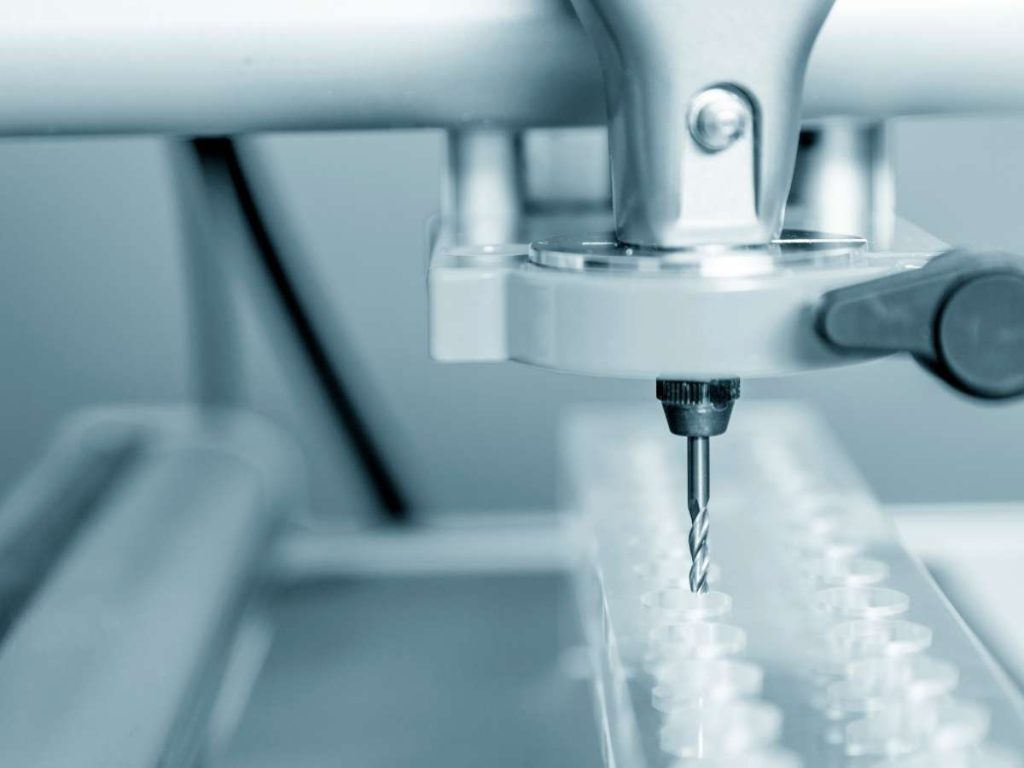
CNC Laser Cutters
Laser cutting is often praised for its ability to create sharp, clean edges. The precision comes from the focused laser beam, which allows these machines to hold tolerances within +/- 0.01mm. I once toured a facility that specialized in laser cutting stainless steel for medical instruments.
Their quality control process included checking every single part under magnification to catch even the tiniest imperfections. However, I’ve also seen shops struggle with heat distortion when cutting thicker materials, which can affect final accuracy.

CNC EDM (Electrical Discharge Machines)
If ultra-high precision is required, CNC EDM machines are often the best choice. These machines use electrical discharges to erode material with extreme accuracy, often holding tolerances as tight as +/- 0.001mm.
They are widely used in industries like mold making, aerospace, and medical device manufacturing, where even the smallest variation can lead to significant functional issues. One EDM technician told me that while the accuracy is unbeatable, the process can be slow, so it’s a trade-off between precision and production speed.

2. Measurement and Calibration of CNC Accuracy
Even the best CNC machine is only as good as its calibration. More often than not, the issue wasn’t the machine itself but improper calibration or outdated measurement tools.
Measurement tools such as:
- Dial indicators: A simple yet effective tool for measuring small linear displacements and detecting alignment issues.
- Laser interferometers: Used for high-precision measurement of machine positioning accuracy.
- Touch probes: Help verify part dimensions directly on the CNC machine, reducing manual measurement errors.
- CMM (Coordinate Measuring Machines): A staple in quality control, these machines provide detailed measurements to confirm part accuracy.
These tools help detect and correct deviations, ensuring the machine performs within its expected tolerances. Regular calibration ensures that the machine’s axes move as programmed, preventing inaccuracies from accumulating over time.
Shops that prioritize precision rely on advanced measurement techniques, including:
- Ballbar Testing: Measures machine positioning accuracy and detects geometric errors. I once observed an engineer use ballbar testing on a CNC mill that had been running for years without recalibration. The results revealed unexpected positioning deviations that were quickly corrected, restoring accuracy.
- Renishaw Probing: A system that dynamically checks and adjusts tool offsets, significantly reducing human errors in measurement.
- Optical Comparators: Used for verifying small-scale tolerances in finished parts. These tools help spot deviations that might not be visible to the naked eye.
Proper calibration minimizes errors and ensures consistency across production runs. Some shops even go as far as implementing automated calibration cycles to maintain machine accuracy without manual intervention.
Neglecting calibration can lead to costly issues, especially in high-precision industries. I once worked with a manufacturer who ignored routine calibration, assuming their machine was fine. Over time, tolerances started slipping, and the shop ended up scrapping an entire batch of expensive aerospace components, something that could have been avoided with a simple calibration schedule.
3. Factors That Influence CNC Machine Accuracy
While CNC machines are designed for precision, several factors impact their accuracy. I’ve had many conversations with machinists who thought they had everything dialed in, only to discover small inconsistencies creeping into their parts. Some of the most common factors include:
- Machine Rigidity: If the frame isn’t solid, vibrations can introduce errors. I once saw a shop trying to push a high-speed milling process on a lighter machine. The chatter was unbearable, and the parts weren’t meeting tolerance. A sturdier machine made all the difference.
- Tool Wear: Even the sharpest tool doesn’t last forever. I’ve seen machinists frustrated when a tool that worked perfectly for the first few parts starts producing slightly out-of-spec components. Regular tool changes and monitoring wear rates help keep accuracy in check.
- Thermal Expansion: Temperature changes affect both the machine and the material. I once walked into a shop that had no climate control, and their parts were all over the place. They eventually installed temperature stabilization, and their tolerances became much more predictable.
- Backlash: A tiny amount of slack in a ball screw or lead screw can throw off positioning. Some older machines develop backlash over time, making it crucial to check for mechanical play and compensate through software or hardware adjustments.
- Software and G-Code Quality: Poorly written G-code can make even the best machine perform inconsistently. I’ve seen parts come out slightly off-spec simply because the toolpaths weren’t optimized correctly.
- Operator Skill: No matter how advanced the machine, a well-trained operator is essential. I’ve seen seasoned machinists catch subtle errors just by listening to the sound of the cutting process, something automated monitoring systems might miss.
4. Common Causes of CNC Accuracy Issues
Even with a well-calibrated and high-end CNC machine, accuracy issues can still arise. Over the years, I’ve noticed that most accuracy problems stem from a few common culprits:
Improper Fixturing
If a workpiece isn’t secured properly, even minor vibrations during machining can cause deviations. I once worked with a machinist who struggled with inconsistent part dimensions until he realized his clamping setup was shifting slightly under load. A poorly fixed workpiece also increases the risk of tool deflection, further impacting precision.
Worn Bearings and Linear Guides
CNC machines rely on smooth motion along their axes, and any wear in bearings or guide rails can lead to positioning errors. Regular inspection and lubrication help prevent these problems. If ignored, worn components can introduce unnecessary play in the system, causing inaccuracies that worsen over time.
Overloading the Machine
Pushing a CNC machine beyond its recommended limits can cause deflection and inaccuracies. A shop I visited was running aggressive feeds and speeds to speed up production, but the result was an increasing rejection rate due to minor inaccuracies. Excessive loads also accelerate component wear, leading to more frequent maintenance issues.
Environmental Factors
Humidity and temperature fluctuations can affect both the machine and the material being cut. A shop with inconsistent climate control will see variations in part dimensions over the course of a day. Metal expansion due to heat can throw off precise measurements, making it crucial to regulate workshop conditions for consistent output.
5. Comparing CNC Accuracy to Other Manufacturing Methods
Different production techniques offer varying levels of precision, and choosing the right method depends on the requirements of the final product. The table below outlines how CNC machining compares to other common manufacturing methods in terms of accuracy, material versatility, and application suitability.
| Manufacturing Method | Typical Tolerance Range | Material Compatibility | Best Applications |
| CNC Machining | +/- 0.002mm to 0.01mm | Metals, plastics, composites | High-precision components, aerospace, medical devices |
| 3D Printing | +/- 0.1mm to 0.3mm | Plastics, metals (limited), resins | Prototyping, custom parts, complex geometries |
| Manual Machining | +/- 0.1mm to 0.5mm | Metals, plastics | Small-scale production, repair work |
| Injection Molding | +/- 0.05mm to 0.2mm | Plastics | Mass production of plastic parts |
| Die Casting | +/- 0.1mm to 0.3mm | Metals (aluminum, zinc) | Large-scale metal parts production |
| Laser Cutting | +/- 0.01mm to 0.1mm | Metals, plastics, wood | Precision sheet metal cutting, engraving |
| Waterjet Cutting | +/- 0.05mm to 0.2mm | Metals, stone, composites | Cutting thick and hard materials with minimal heat distortion |
| Electrical Discharge Machining (EDM) | +/- 0.001mm to 0.005mm | Conductive metals | High-precision mold making, aerospace, medical tools |
6. Tips on How to Improve CNC Machine Accuracy
After working with different shops and seeing the impact of both great and poor machine accuracy, I’ve learned that precision is not just about the machine, it’s about how you maintain and operate it. Here are some key strategies to improve CNC machine accuracy:
Routine Maintenance
A well-maintained machine runs more accurately. Regular lubrication, cleaning, and inspection of mechanical components help prevent wear and tear that can introduce inaccuracies over time. I’ve seen shops go months without servicing their machines, only to later struggle with increasing rejection rates due to minor errors that could have been avoided.
Use High-Quality Tools
Tooling plays a massive role in accuracy. Dull or low-quality tools can lead to inconsistent cuts, excess heat, and material deflection. A machinist once told me that upgrading to premium carbide tooling cut down their rework rate significantly, simply because the tools held their edge longer and provided better surface finishes.
Proper Workholding Techniques
Even a perfectly calibrated machine won’t produce accurate parts if the workpiece isn’t secured correctly. Loose or unstable fixturing can cause micro-movements that lead to inconsistencies. I remember working with a shop that struggled with precision on a critical aerospace component, turns out, the problem wasn’t the machine but an improperly clamped workpiece.
Monitor Thermal Conditions
Heat affects both the machine and the material being cut. I’ve seen workshops without proper temperature control struggle with parts expanding or shrinking slightly due to fluctuating ambient conditions. Implementing controlled environments and compensating for thermal expansion in programming can dramatically improve consistency.
Upgrade Software and Controls
Outdated CNC controllers and software can introduce positioning errors and inefficiencies. Modern adaptive controls can make real-time adjustments based on cutting conditions, helping maintain accuracy throughout a job. I once saw an old CNC machine outperform newer models simply because the shop invested in an advanced control system rather than replacing the whole unit.
Conclusion
Now you know how accuracy really works, machine type, calibration, maintenance, and more. And you’ve seen what separates average from excellent.
If you’re serious about stepping up your game, Blue Elephant has CNC machines built for precision, consistency, and real-world results.
So, what’s holding you back?
Ready to machine with more confidence?
Contact us today. Let us help you hit your tolerances every time.
Explore More Helpful Resources
For more in-depth knowledge, take a look at these recommended reads. We think you’ll find them useful:
Still haven’t found what you’re looking for? Don’t hesitate to contact us. We’re available around the clock to assist you.


